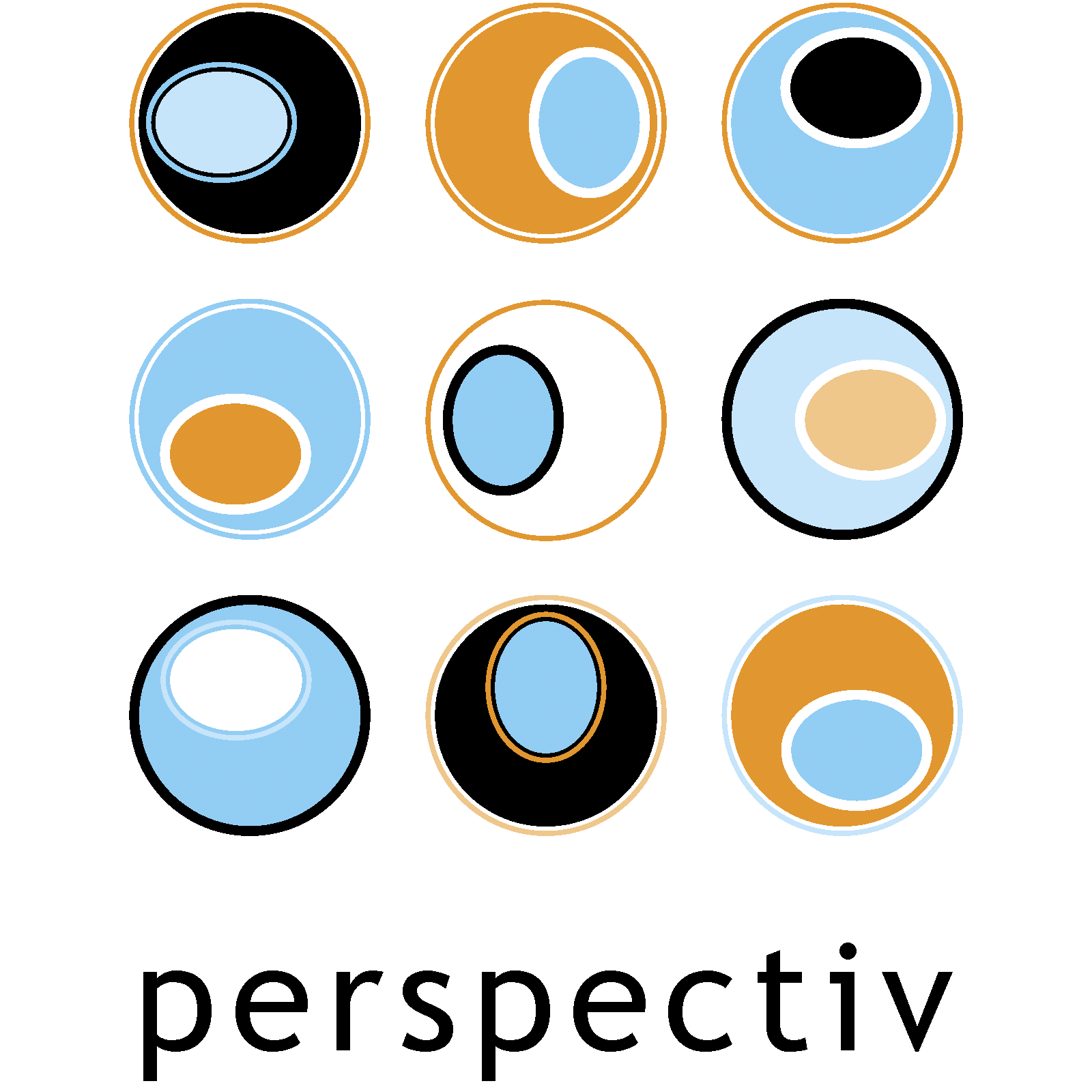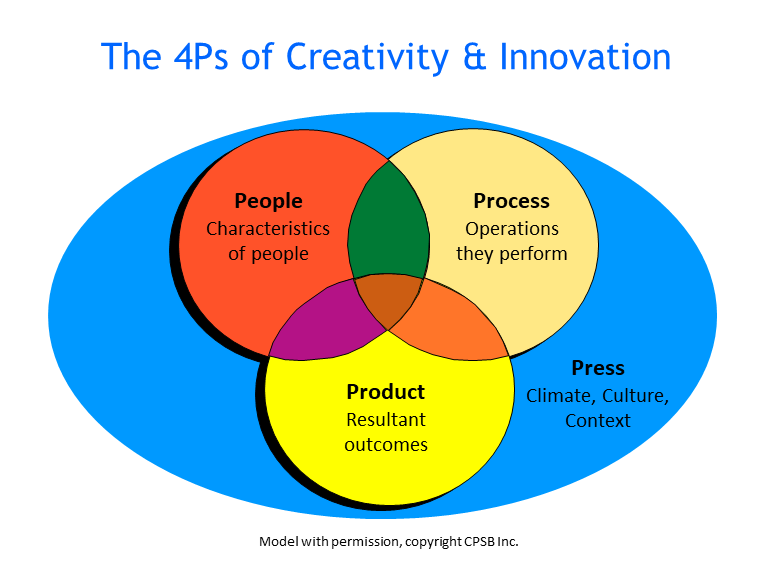How can businesses of every size learn to embrace curiosity and creativity? Hear insights from Perspectiv’s Andy Wilkins on the Creative Tech podcast from the National Centre for Creativity enabled by AI.
Read MorePart 2 of two posts about common mistakes people make when using Brainstorming, listing some inconvenient truths about meetings and emphasising the importance of using a trained facilitator.
Read MorePart 1 of two posts about common mistakes people make when using Brainstorming, highlighting the importance of the Defer Judgement principle and Perspectiv’s lineage from Alex Osborn who first introduced Brainstorming.
Read MoreTwo of the world’s largest tech companies used the same criteria to select a problem solving framework and after careful consideration they both chose CPSv6.1, which met and/or exceeded all nine criteria.
Read MoreThis post introduces the Wilkins Terwindt Quadruple-Loop Learning Model as a framework for leaders to use learning as an enabler to innovation and leadership.
Read MoreThis interview with Ms. Lily Li, Director of Finance and Operations of Platinum Guild International China, appeared in Fortune Character Magazine, and highlights Perspectiv’s work to engender behaviour change and collaboration within the company.
Read MorePerspectiv’s Andy Wilkins muses on the quote that “most people prefer the certainty of misery to the misery of uncertainty” and recalls David Bowie in the 70s, who created his own unique niche in music and fashion.
Read MoreTo enable tacit knowledge to be shared and increase the potential for innovation within organisations, leadership needs to create favourable conditions and encourage dialogic conversations.
Read MoreFor organisations to stay competitive, retain talent, produce quality and be more productive, the number one responsibility of leadership is to create an innovative ‘climate’ that is genuinely open to different perspectives.
Read MoreThis article is about how to create extra strength conversations to enable more diverse, inclusive, equitable and ultimately far more effective knowledge sharing.
Read MoreThis Perspectiv article presents the ‘Innovation Maturity Grid’, a model for assessing the innovation maturity of an organisation based on the four key capabilities for sustainable innovation and change – product, process, people and press / climate.
Read MoreThis Perspectiv report provides practical insights on how to increase the success of creativity and innovation training and education programmes in organisations, with examples highlighting a wide range of benefits.
Read MoreBoth ‘creative problem solving’ and ‘design thinking’ are approaches to help creativity, change, problem solving, and innovation – this article examines their similarities and differences and provides general conclusions.
Read MoreTo thrive in a competitive landscape, businesses must be willing to adapt – but what is innovation? This article looks at innovating business with examples from the London Stock Exchange Group.
Read MoreVariations in language and terminology are often a block to people working together because over time, different disciplines diverge in their use and meaning of the same terms.
Read MoreOpen Space is a method for running forums where issues and opportunities are translated into action. It enables widely differing groups of people to work together when faced with dynamic uncertainty.
Read MoreWe fail more often because we solve the wrong problem than because we get the wrong solution to the right problem.
Read MoreSolving ‘wicked’ problems requires both ‘vertical’ and ‘horizontal’ skill sets: technical skills and knowledge must be complemented by a host of other people and thinking skills. We call this being ‘T-shaped’.
Read MoreThe Danish philosopher Soren Kierkegaard wrote a story about a wild duck that has a moral we see as being pertinent to individuals, teams and organisations: beware of becoming satisfied with the status quo.
Read MoreEffective innovation relies on people with different cognitive approaches to change, processing information and making decisions – it is this cognitive diversity that ensures organisations avoid collective blindness.
Read More



















